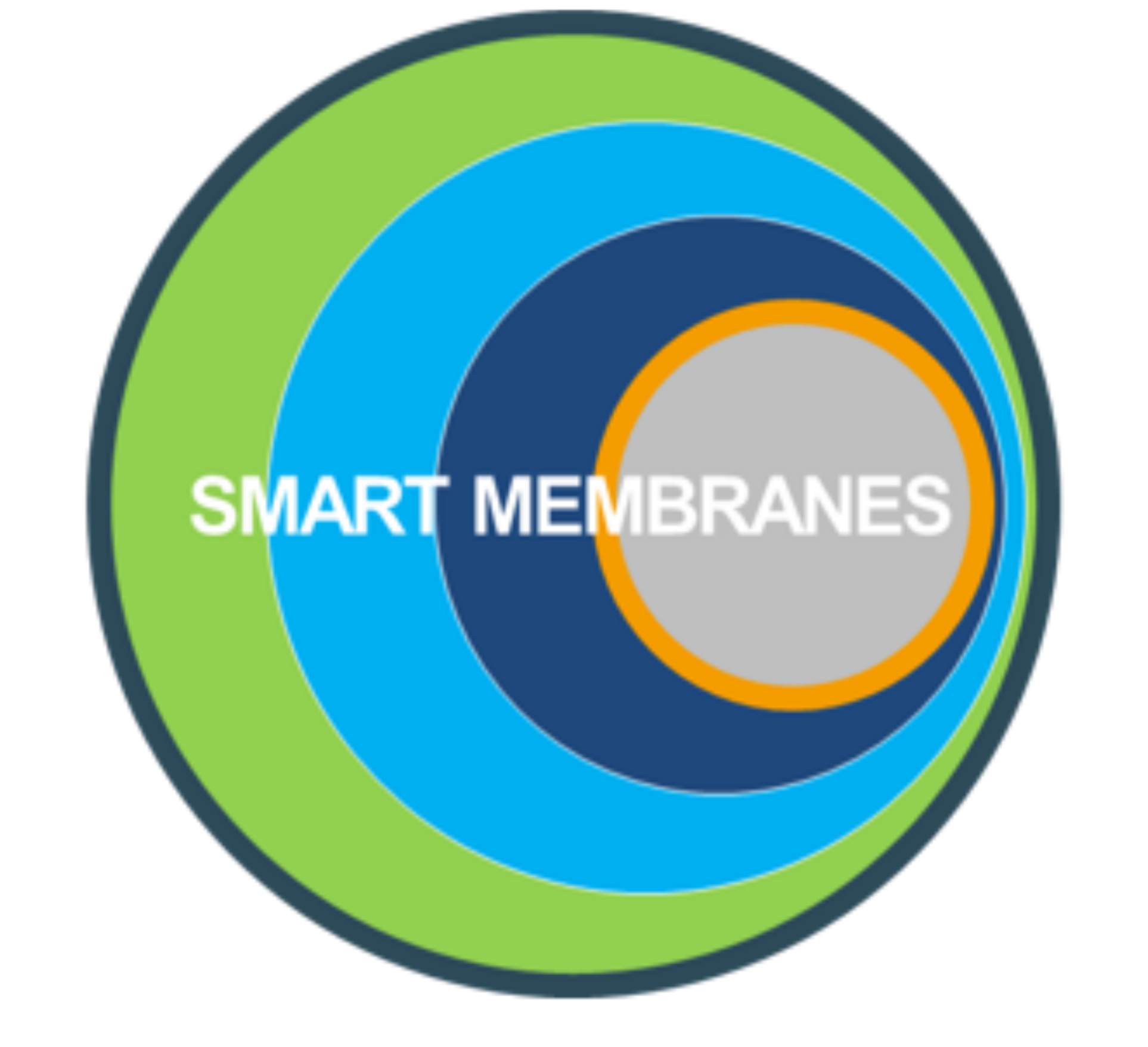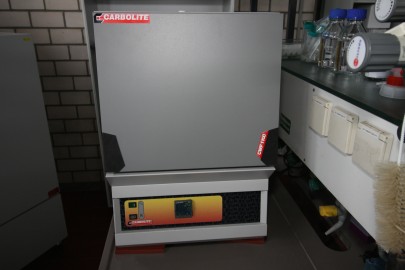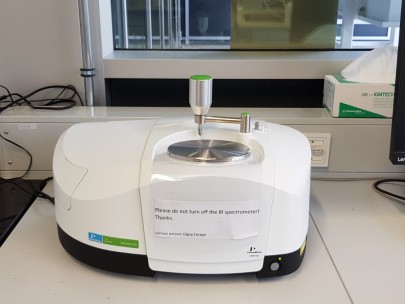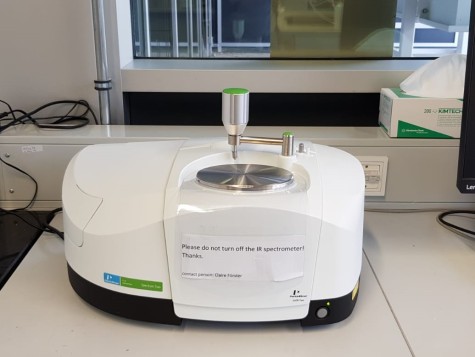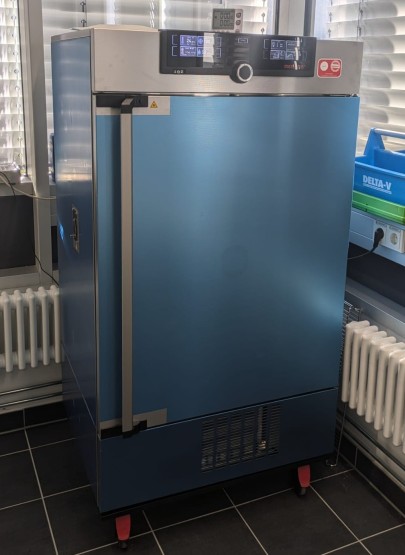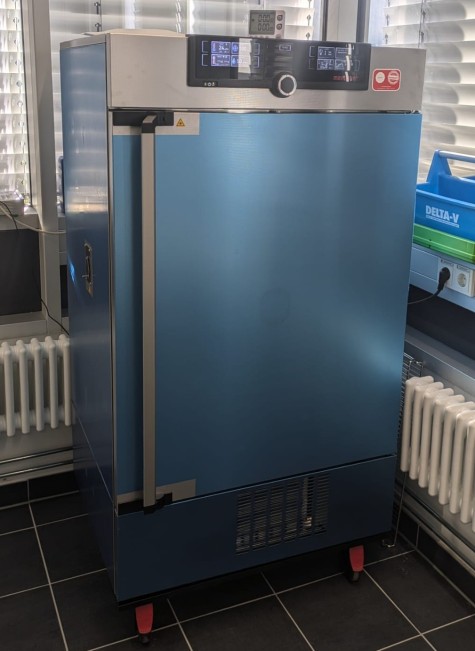Autolab LED-photobank
comprising 11 LED sources with emission wavelengths from the near-UV to near-IR wavelength regime for recording so-called action plots [1] of photoreactive species. Action plots map the wavelength-dependent reactivity of photoreactive species which is often red-shifted against the analyte's UV/Vis extinction spectrum. Typical analytes in our working group involve photocatalysts or photoiniferters as utilized for PET-RAFT or PI-RAFT polymerization.
Setup inspired by S. L. Walden, H. Frisch, B. V. Unterreiner, A.-N. Unterreiner, C. Barner-Kowollik, J. Chem. Educ. 2020, 97, 543–548 and [1]
I. M. Irshadeen, S. L. Walden, M. Wegener, V. X. Truong, H. Frisch, J. P. Blinco, C. Barner-Kowollik, J. Am. Chem. Soc. 2021, 143, 21113–21126.
Autosorb iQ
With the Autosorb iQ from Quantachrom surface areas, pore size and pore size distributions can be analyzed. We have two fully equipped measuring stations and we can measure with nitrogen, argon and krypton. This also allows a micropore analysis and the examination of small sample occurrences. Additionally, we have a CyroSync which allows measurements at 87 K. In addition to gas absorption, our device also has a vapor option. This allows us to analyze the wetting of materials more precisely. We also have the latest DFT kernels at our disposal for the evaluation of the measurement data.
Responsible: Nikita Jha
Total Internal Reflection Fluorescence (TIRF) Mikroscope
The Nikon Inverted Research Microscope ECLIPSE Ti2-E/Ti2-E/B can be used to generate an “evanescent electric field” from 100 to 200 nm from the coverslip. The possible laser wavelengths are 405 nm, 488 nm and 638 nm.
Responsible: Paersis Weslie, Tobias Hoffmann, Marius Kirsch


